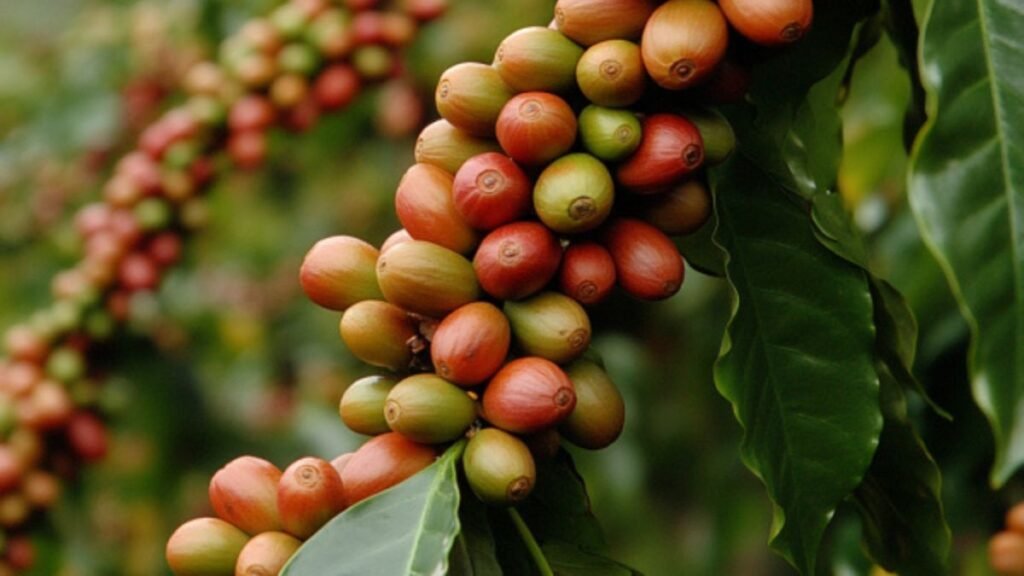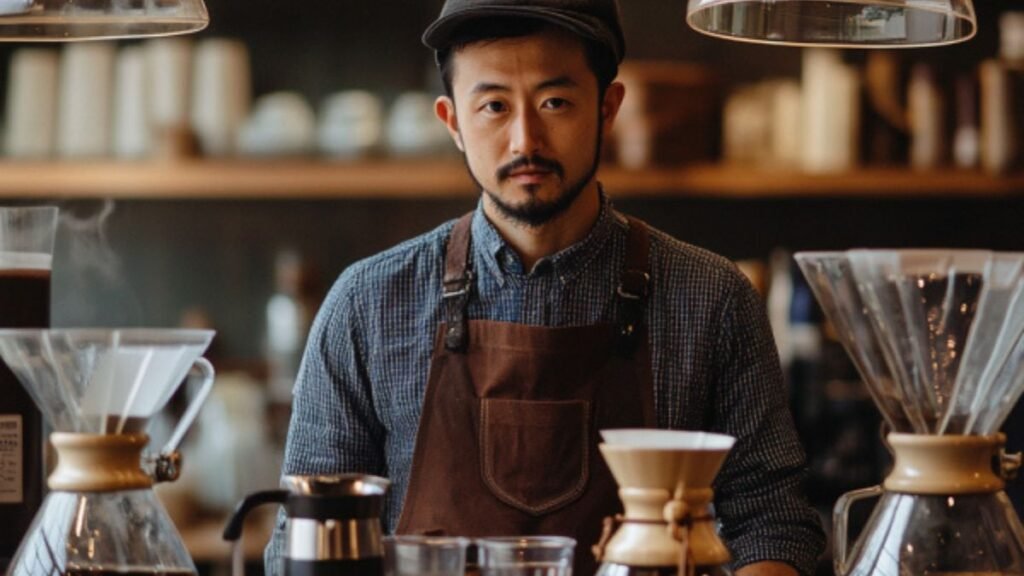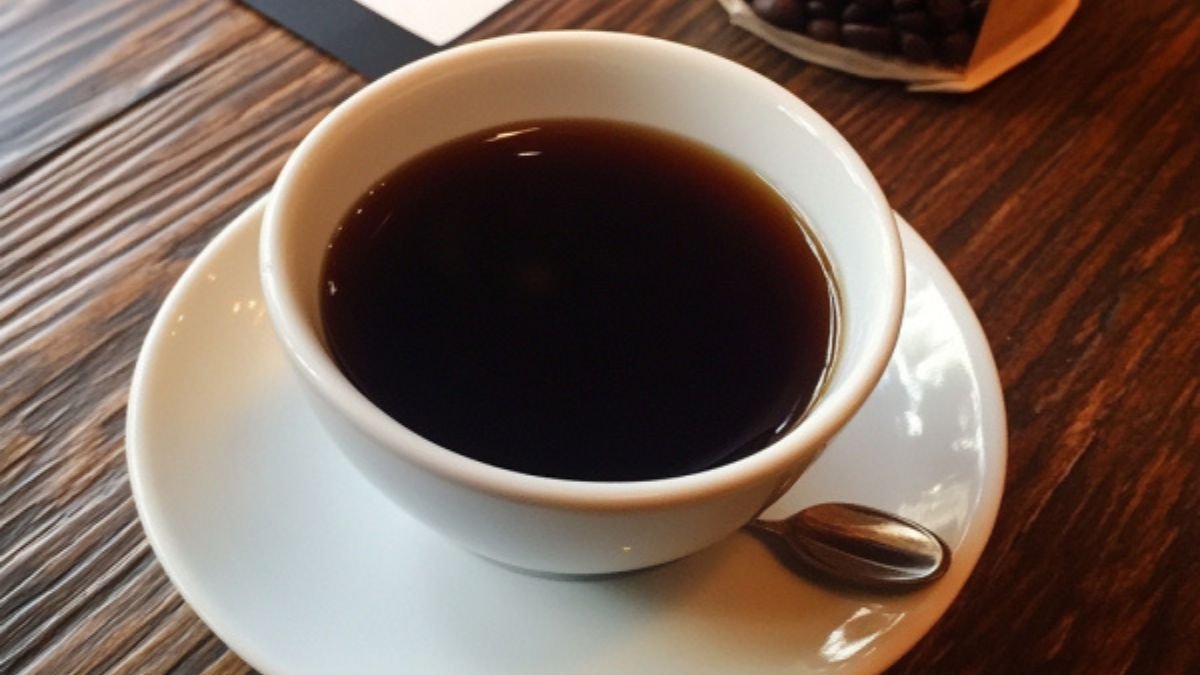In the world of coffee, single-origin coffee has become a buzzword among enthusiasts and connoisseurs alike. This term refers to coffee that comes from one specific region, farm, or even a single lot, allowing coffee drinkers to experience the true flavors of a particular location.
With its growing popularity, many coffee drinkers are curious about what makes single-origin coffee different from blends, and why it’s worth trying. In this article, we’ll delve into what single-origin coffee is, its benefits, and how to enjoy it at its best.
What is Single-Origin Coffee?
Single-origin coffee refers to coffee beans that are sourced from one specific location. This location can be as broad as a country (e.g., Colombian coffee) or as specific as a single farm or even a particular lot within a farm. By contrast, blended coffee typically combines beans from various regions to create a more consistent flavor profile.
Key Characteristics of Single-Origin Coffee:
- Traceable Origin: The beans can be traced back to a specific region, farm, or cooperative, offering transparency about where the coffee is sourced.
- Unique Flavor Profiles: Single-origin coffee often has distinctive flavors that reflect the terroir of the region where it’s grown—flavors that can’t be replicated by blended beans.
- Limited Supply: Single-origin coffee is often produced in smaller quantities, making it a rare and special find.
- Sustainability: Many single-origin coffees are produced with an emphasis on sustainable farming practices, fair trade, and supporting small-scale farmers.
Why Single-Origin Coffee Is Worth the Hype

Single-origin coffee has gained a dedicated following for several reasons. From its unique flavors to the story behind each batch, here’s why single-origin coffee is worth the hype:
1. Flavor Diversity
One of the primary reasons coffee enthusiasts gravitate toward single-origin coffee is the wide variety of flavors it offers. Because coffee beans are influenced by the region in which they are grown, single-origin coffees offer a chance to experience distinct flavor profiles.
These flavors can range from fruity and floral to nutty and chocolatey, depending on factors such as soil, altitude, and climate.
For example:
- Coffee from Ethiopia is known for its fruity, floral notes and bright acidity.
- Coffee from Sumatra, Indonesia, has earthy, spicy, and full-bodied flavors with low acidity.
- Coffee from Central America often offers clean, balanced cups with nutty, chocolatey flavors.
By drinking single-origin coffee, you can taste the unique characteristics of each growing region and learn more about the environment that shapes the beans.
2. Freshness and Seasonal Variety
Single-origin coffee is often harvested during specific seasons, depending on the region. Because the beans come from a particular place and harvest, you’ll experience the coffee at its freshest.
This also means you can explore the flavors of different regions throughout the year as harvest seasons change.
As single-origin coffee is often produced in small batches, it’s available in limited quantities, making it a special experience for coffee drinkers who enjoy discovering new flavors.
3. Supporting Small Farmers and Sustainability
Many single-origin coffees come from smaller farms or cooperatives that emphasize sustainable farming practices. When you buy single-origin coffee, you often support fair trade initiatives that ensure farmers are paid fairly for their work and that environmentally friendly practices are used in the growing and harvesting process.
Single-origin coffee can be a way to support local communities and encourage more sustainable practices in the coffee industry. As the demand for quality single-origin beans grows, it incentivizes farmers to produce better coffee while maintaining ecological balance and supporting their livelihoods.
4. Transparency and Traceability
One of the major selling points of single-origin coffee is transparency. Because the beans are traceable to their origin, you can learn more about the specific farm, the people behind the coffee, and the methods used to produce it.
This level of transparency is often absent in mass-produced blends, which can combine beans from various regions without much detail about where they come from.
For coffee lovers who care about the origins of their food and beverages, single-origin coffee offers a chance to enjoy coffee with a story. Many coffee roasters provide detailed information about the farm or region where the coffee was sourced, giving consumers insight into the process and quality of the beans.
5. Unique Tasting Experience
Single-origin coffee offers a more unique and personalized tasting experience compared to blends. When drinking a single-origin cup, you’re experiencing the coffee exactly as it was grown, harvested, and roasted, with minimal interference from other beans. This allows you to focus on the individual flavors and characteristics of that specific coffee.
Whether you prefer a light, fruity coffee or a rich, full-bodied cup, single-origin coffee allows you to explore a wide spectrum of tastes. It also provides an opportunity for you to develop a deeper understanding of coffee, learning how different regions produce different flavor profiles.
How to Brew the Best Cup of Single-Origin Coffee

Brewing single-origin coffee requires a little more attention to detail than brewing regular coffee. Because these coffees are often more complex, the brewing method you choose and the technique you use can have a significant impact on the final taste. Here are some tips for brewing the best cup of single-origin coffee:
1. Choose the Right Brewing Method
The brewing method you choose should complement the flavors of the coffee. For example:
- Pour-over brewing methods (such as the Hario V60) are great for highlighting the delicate, complex flavors of light-roast single-origin coffees.
- French press brewing is ideal for full-bodied coffees with rich, earthy flavors, as it allows oils and fine particles to remain in the coffee, giving it more body.
- Aeropress can create a smooth, rich cup with a clean finish, great for coffee with bright acidity and fruity notes.
- Espresso is a great choice for darker roasts with bold, intense flavors.
2. Use Fresh, Filtered Water
Water quality is crucial to brewing great coffee. Make sure to use filtered water to avoid unwanted minerals or contaminants that could alter the taste of your coffee. The temperature of the water is also important—ideally, it should be between 195°F and 205°F (90°C–96°C) to ensure optimal extraction.
3. Grind Size Matters
Adjust the grind size based on your brewing method. For instance, pour-over requires a medium grind, while French press requires a coarser grind. If you’re brewing espresso, a fine grind is necessary. Grinding your coffee beans just before brewing ensures maximum freshness and flavor.
4. Experiment with Coffee-to-Water Ratio
The standard ratio for brewing coffee is typically around 1:15 to 1:17, meaning for every gram of coffee, you should use 15-17 grams of water. However, single-origin coffee beans can vary in strength, so it’s worth experimenting with different ratios to find the perfect balance for your taste.
Where to Buy Single-Origin Coffee
You can find single-origin coffee at specialty coffee shops, local roasters, and online retailers. Look for brands that provide detailed information about the origin of their beans, such as the farm, region, and processing method. Many roasters offer seasonal selections of single-origin coffee, so you can try different beans throughout the year.
You can also find single-origin coffee subscriptions, which allow you to explore new beans each month and learn more about the diverse flavors of different coffee-growing regions.
Conclusion: Exploring the World of Single-Origin Coffee
Single-origin coffee is more than just a trend; it’s an opportunity to experience the true flavors of coffee from around the world. With its unique flavor profiles, traceability, and focus on sustainability, single-origin coffee offers coffee lovers a chance to explore and appreciate the diversity of coffee in a way that blends simply can’t match.
Whether you’re a seasoned coffee enthusiast or just starting to explore the world of coffee, single-origin coffee is an exciting and rewarding experience. So, the next time you’re in the coffee shop or browsing online, try a new single-origin coffee and savor the distinctive flavors that come from one of the world’s best coffee-growing regions.
Frequently Asked Questions (FAQ)
1. What is the difference between single-origin coffee and blended coffee?
Single-origin coffee comes from one specific region, farm, or lot, allowing you to experience the unique flavors of that origin. Blended coffee, on the other hand, combines beans from different regions to create a more consistent flavor profile.
2. Why is single-origin coffee more expensive?
Single-origin coffee is often produced in smaller quantities, with a focus on quality and sustainability. The labor-intensive growing and harvesting processes, along with the traceability and unique flavors, contribute to its higher cost.
3. Can I brew single-origin coffee using any method?
Yes, you can brew single-origin coffee using any method, but certain brewing methods may bring out specific flavors more effectively. For example, pour-over is great for light, fruity coffees, while French press is better for rich, full-bodied coffees.
4. How do I know which single-origin coffee to choose?
Choose single-origin coffee based on your flavor preferences. If you like fruity, floral flavors, try coffee from Ethiopia or Kenya. If you prefer rich, earthy notes, go for coffee from Sumatra or Brazil.
5. Can I use single-origin coffee for espresso?
Yes, you can use single-origin coffee for espresso, especially if you’re looking for a more unique and complex flavor profile. Many specialty roasters offer single-origin espresso blends, or you can try brewing espresso with a single-origin bean that suits your taste.
